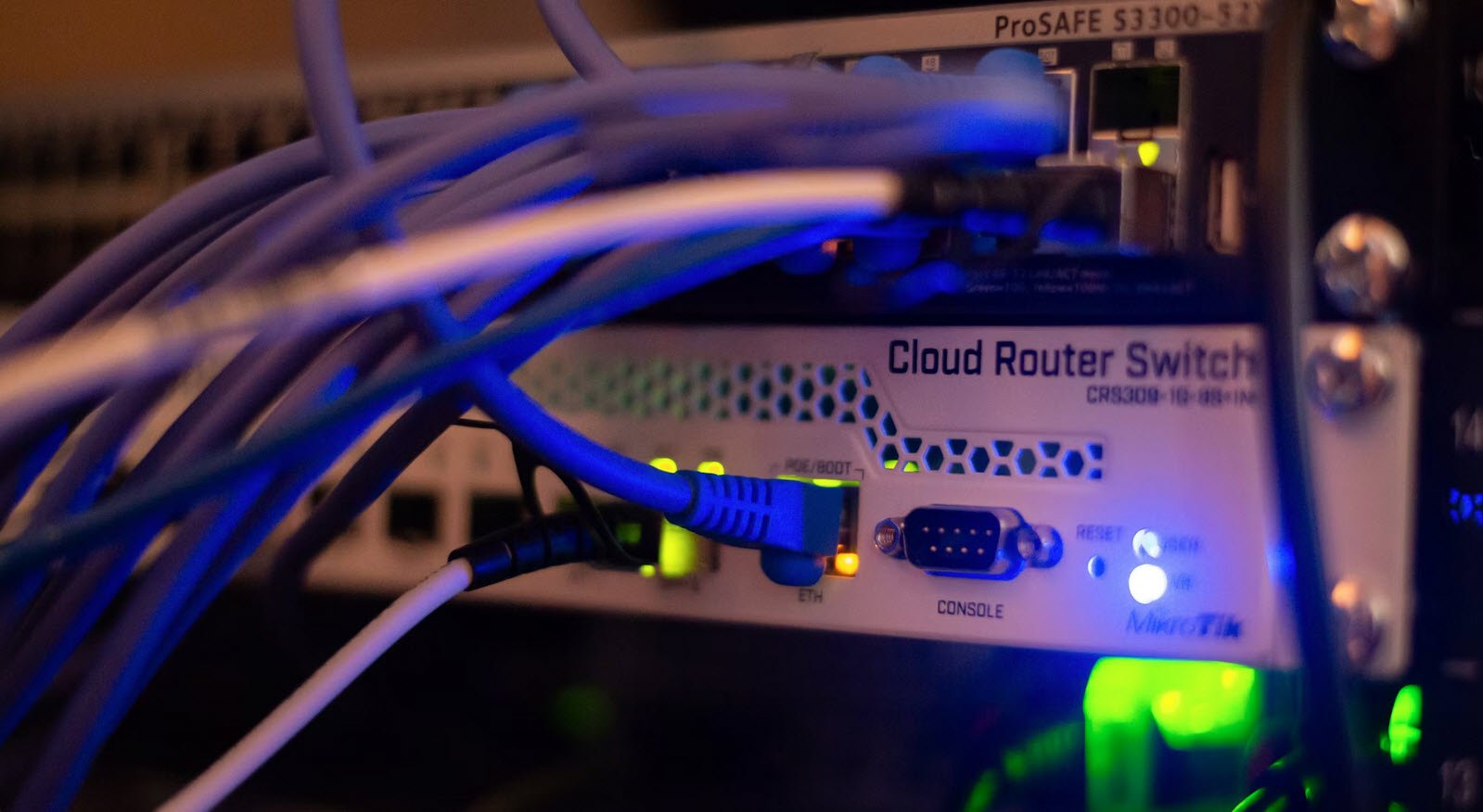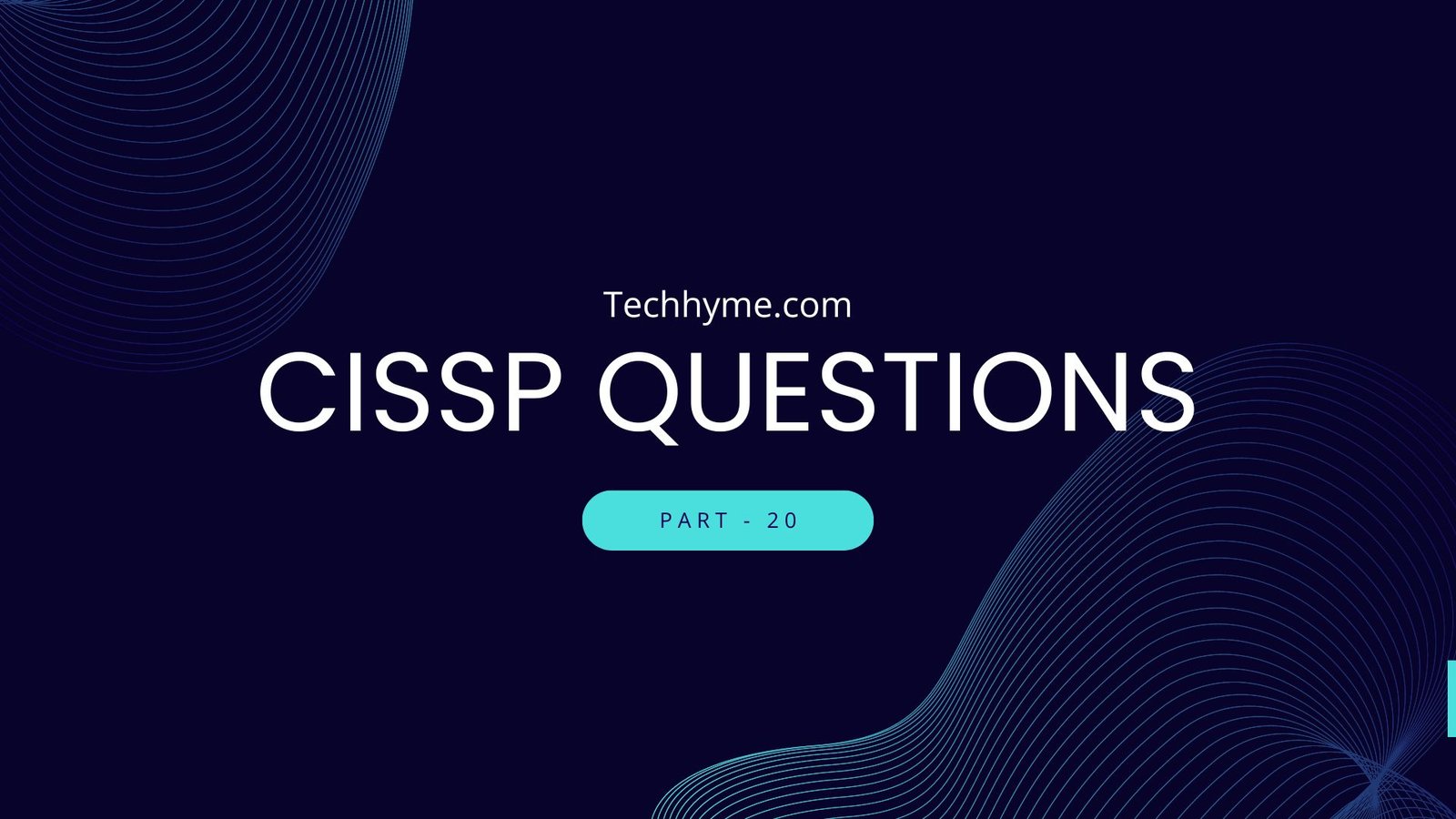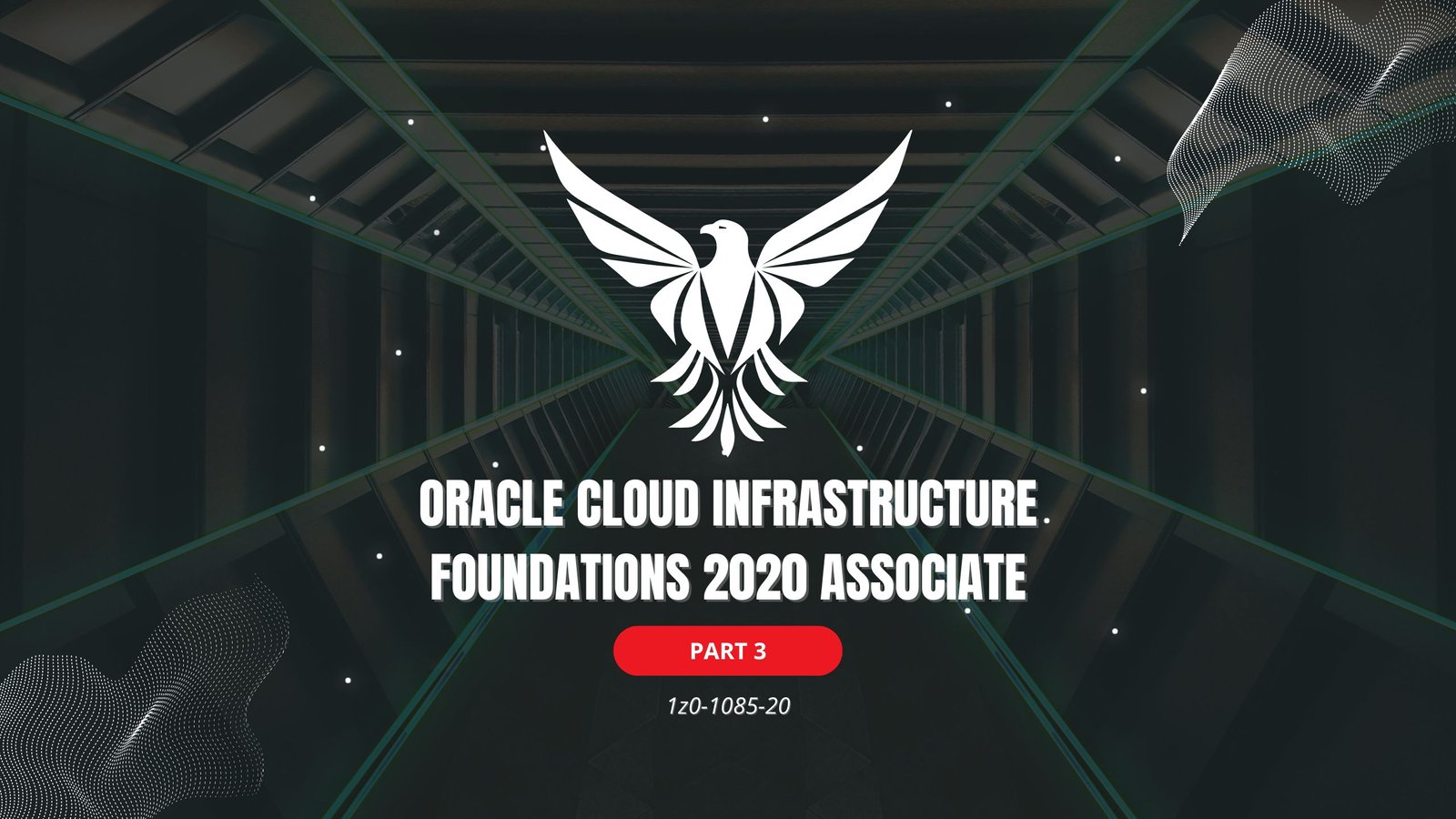
Virtualization is an entry-level technology for cloud computing and a very important technology in cloud computing.
Also Read: HCIA Security – Practice Test Questions With Answers
This exam (HCIA – Cloud Computing) introduces the knowledge of computing, networking, and storage related to virtualization, and introduces the features of virtualization so that everyone can quickly understand the field of cloud computing.
- Huawei H13-81–ENU – Set 1 Questions
- Huawei H13-81–ENU – Set 2 Questions
- Huawei H13-81–ENU – Set 3 Questions
- Huawei H13-81–ENU – Set 4 Questions
- Huawei H13-81–ENU – Set 5 Questions
- Huawei H13-81–ENU – Set 6 Questions
- Huawei H13-81–ENU – Set 7 Questions
- Huawei H13-81–ENU – Set 8 Questions
- Huawei H13-81–ENU – Set 9 Questions
Q1) Which of the following is true about the on-demand self-service feature of cloud computing?
A. Users do not need to communicate with service providers at all when using cloud computing resources.
B. After determining the required cloud computing services, users can apply for cloud computing resources by themselves.
C. The cloud computing service providers only need to prepare the cloud services and users will complete the remaining process all by themselves.
D. When using cloud computing resources, users need to solve all problems by themselves.
Correct Answer: B
Q2) The measurable service feature of cloud computing refers to charging based on time and usage.
A. True
B. False
Correct Answer: B
Q3) There are many milestone events in the development of the Internet. Which of the following is true about the time sequence of the milestone events? (Single Answer)
A. Establishment of the TCP/IP protocol —> Birth of ARPANET —> “www” officially open to the public —> Birth of DNS
B. Birth of DNS —> Establishment of the TCP/IP protocol —> Birth of ARPANET —> “www” officially open to the public
C. “www” officially open to the public —> Birth of DNS —> Establishment of the TCP/IP protocol —> Birth of ARPANET
D. Birth of ARPANET —> Establishment of the TCP/IP protocol —> Birth of DNS —> “www” officially open to the public
Correct Answer: D
Q4) Which of the following storage resource types are supported by Huawei FusionCompute? (Multiple Answers)
A. FC SAN
B. IP SAN
C. NAS
D. Advanced SAN
E. FusionStorage
Correct Answer: A, B, C, D, E
Q5) Hybrid cloud is a deployment mode that integrates features of the public cloud and private cloud. The industry cloud is a form of hybrid cloud.
A. True
B. False
Correct Answer: B
Q6) Which of the following are true about RAID? (Multiple Answers)
A. A RAID group can be regarded as storage space consisting of two or more disks. The available capacity of a RAID group is the sum of the capacity of disks in the group.
B. RAID improves the I/O performance of a storage system by concurrently reading and writing data on multiple disks.
C. When a disk is damaged, other disks in RAID 5 can still work properly, and the disk I/O performance is not affected.
D. Compared with RAID 5, RAID 6 has stronger data recovery capability, but weaker read/write capability of disks.
Correct Answer: B, D
Q7) After the disks in an array form a RAID group, the server connected to the disk array cannot directly access the RAID group. Therefore, you need to divide the disk array into logical LUNs before allocating them to the server.
A. True
B. False
Correct Answer: A
Q8) The virtualization technology can virtualize a physical server into multiple VMs, improving the hardware performance of the physical server.
A. True
B. False
Correct Answer: B
Q9) In Huawei FusionCompute, which of the following are true about the relationship about quantities of VMs and DVSs? (Multiple Answers)
A. If a VM has multiple NICs, each NIC can be associated with a DVS.
B. If a VM has multiple NICs, multiple NICs can be associated with the same DVS.
C. If a VM has one NIC, the NIC can be associated with only one DVS.
D. If a VM has one NIC, the NIC can be associated with multiple DVSs.
Correct Answer: A, B, C
Q10) In the OpenStack solution, which of the following modules provides persistent block storage? (Single Answer)
A. Cinder
B. Swift
C. Nova
D. Glance
Correct Answer: A
Q11) Which of the following statements about Virt-manager are true? (Multiple Answers)
A. Virt-manager is a graphical management tool for KVM VMs.
B. Virt-manager is a KVM VM management command set.
C. Virt-manager is an open-source KVM VM management tool.
D. Virt-manager is a commercial KVM VM management tool.
Correct Answer: A, C
Q12) Which of the following are true about KVM virtualization? (Multiple Answers)
A. The host OS can be Linux.
B. The host OS can be Windows.
C. The guest OS can be Linux.
D. The guest OS can be Windows.
Correct Answer: A, C, D
Q13) The KVM virtualization architecture includes the KVM module, QEMU, and Libvirt. Which of the following statements about these modules is false? (Single Answer)
A. The KVM module is responsible for creating vCPUs and allocating virtual memory.
B. The QEMU module is responsible for simulating I/O operations.
C. Libvirt and QEMU can form a virtualization solution.
D. KVM and QEMU can form a virtualization solution.
Correct Answer: C
Q14) Virtualization features include partitioning, isolation, encapsulation, and independence.
A. True
B. False
Correct Answer: A
Q15) In Huawei FusionCompute, if a VM is bound to a host, which of the following functions will be affected? (Multiple Answers)
A. Snapshot
B. DRS
C. Hot migration
D. Memory hot-add
Correct Answer: B, C
Q16) Huawei FusionCompute is able to check the usage of global physical resources during VM running, calculate the optimal host for the VM based on the intelligent scheduling algorithm, and enable the VM to run on the optimal host by means of live migration, thereby improving the overall service experience.
A. True
B. False
Correct Answer: A
Q17) Which of the following operations for creating port groups in Huawei FusionCompute is false? (Single Answer)
A. Set the name of the port group to “test”.
B. Set the port type to Common.
C. Set the VLAN ID to 5000.
D. Enter “This is a test port.” in the description.
Correct Answer: C
Q18) In Huawei FusionCompute, the VLAN ID of a port group is set to 10, which indicates. (Multiple Answers)
A. The system will untag the data frames with the VLAN 10 tag that pass through the port group and then forward the data frames.
B. The system will add the VLAN 10 tag to the data frames without a VLAN tag that pass through the port group and then forward the data frames.
C. The system will discard the data frames with a tag other than VLAN 10 that pass through the port group.
D. The system will change the tag of data frames with a non-VLAN-10 tag that pass through the port group to VLAN 10 and then forward the data frames.
Correct Answer: A, B, C
Q19) Virtualization includes computing virtualization, storage virtualization, and network virtualization, which correspond to elastic cloud servers (ECSs), Elastic Volume Service (EVS) disks, and cloud networks in cloud computing, respectively.
A. True
B. False
Correct Answer: B
Q20) In Huawei FusionCompute, which of the following statements about the IMC function is false? (Single Answer)
A. You are advised to enable the IMC function when the CPU models of CNA hosts in the cluster are inconsistent.
B. If the IMC function is enabled, VMs cannot be migrated between hosts with different CPU models. Determine whether to enable the IMC function based on the site requirements.
C. IMC only supports the VM migration from an earlier CPU generation to a later CPU generation.
D. You are advised to enable the IMC function when the memory sizes of CNA hosts in the cluster are inconsistent.
Correct Answer: D
Q21) In Huawei FusionCompute, users can create VMs by importing a VM template file. Which of the following file formats is not supported? (Single Answer)
A. .ova
B. .xml
C. .vmdk
D. .ovf
Correct Answer: C
Q22) If a security group is deleted, the rules in the security group will be deleted as well.
A. True
B. False
Correct Answer: B
Q23) Which of the following statements about big data and cloud computing is true? (Single Answer)
A. Cloud computing is a broad term for data sets so large or complex that traditional data processing applications are inadequate.
B. Big data uses the pay-per-use mode, which supports available, convenient, and on-demand network access.
C. Big data can be used as a type of cloud computing service for users to choose.
D. Cloud computing cannot provide the underlying computing resources used for big data processing.
Correct Answer: B
Q24) In Huawei FusionCompute, which of the following statements are true about adding shared storage for multiple hosts? (Multiple Answers)
A. When the shared storage is IP SAN, make sure that the storage network of the host is connected to the service ports of storage.
B. Select the corresponding host when adding a datastore.
C. Select all hosts when associating storage devices.
D. Select all hosts when initializing storage resources.
Correct Answer: A, B
Q25) In which scenario should the memory overcommitment ratio not be increased? (Single Answer)
A. The VM memory usage is low.
B. The memory overcommitment ratio reaches 150% in commercial scenarios.
C. The customer requires that the maximum allowed number of VMs be deployed on a single host while ensuring performance.
D. Customers’ hardware procurement costs need to be reduced.
Correct Answer: B
Q26) In FusionCompute, which of the following is not a method for creating a template? (Single Answer)
A. Converting a VM to a VM template
B. Cloning a VM template to a VM template
C. Converting a snapshot to a VM template
D. Cloning a VM to a VM template
Correct Answer: C
Q27) On a physical network, which of the following devices supports route forwarding requests? (Single Answer)
A. Physical server NIC
B. Hub
C. Layer 2 switch
D. Router
Correct Answer: D
Q28) In Huawei FusionCompute, a management IP address must be configured for each DVS to facilitate unified management of DVSs.
A. True
B. False
Correct Answer: B
Q29) Which of the following technologies can increase the link rate on a switch? (Single Answer)
A. VLAN
B. VxLAN
C. LACP
D. LDAP
Correct Answer: C
Q30) In Huawei FusionCompute, which of the following operations is supported when users modify a disk of a VM? (Single Answer)
A. Change the disk mode from Dependent to Independent & persistent.
B. Change the disk capacity from 80 GB to 8 GB.
C. Change the disk status from Available to Unavailable.
D. Change the disk configuration mode from Thin provisioning to Ordinary.
Correct Answer: A
You may also like:- 80 Most Important Network Fundamentals Questions With Answers
- 100 Most Important SOC Analyst Interview Questions
- Top 40 Cyber Security Questions and Answers
- Top 10 React JS Interview Theory Questions and Answers
- CISSP – Practice Test Questions – 2024 – Set 20 (53 Questions)
- Part 2: Exploring Deeper into CCNA – Wireless (145 Practice Test Questions)
- Part 1: Mastering CCNA – Wireless (145 Practice Test Questions)
- [1z0-1085-20] Oracle Cloud Infrastructure Foundations 2020 Associate MCQ Questions – Part 3
- [1z0-1085-20] Oracle Cloud Infrastructure Foundations 2020 Associate MCQ Questions – Part 2
- [1z0-1085-20] Oracle Cloud Infrastructure Foundations 2020 Associate MCQ Questions – Part 1








